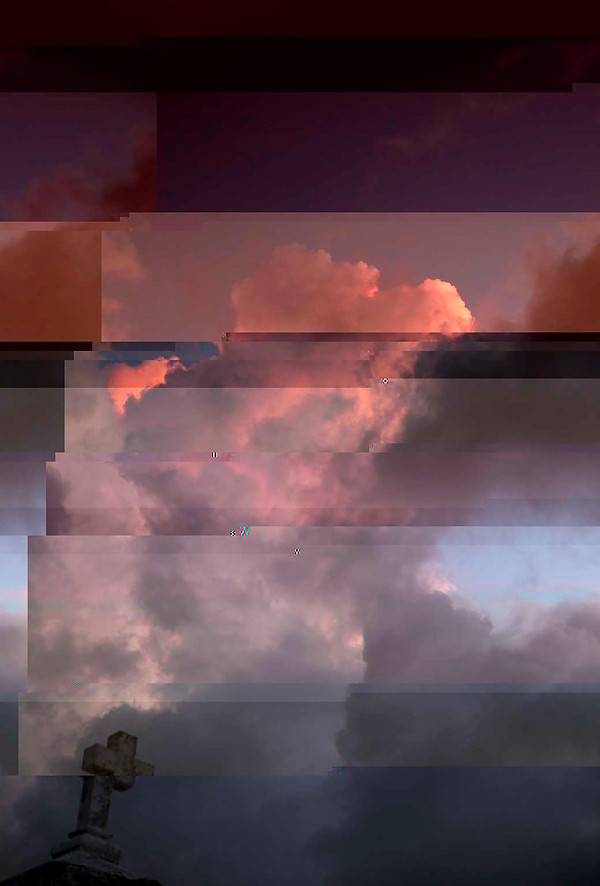Mckenzie Hyde
Fragments of Our Past:
Upon first travelling to New Orleans, I was only presented with the “Disney” parts, driving down the perfect main city streets: I saw what large corporations project onto the city to draw in money and tourism. Upon further exploration, I was able to travel through the local communities where kids ride their bikes and play basketball in the courts. One of my first experiences in these communities was going to Our Lady Star of the Sea, where I realized the strength of the church in the community. There were families joining hands with strangers and singing songs of praise. However, on further investigation, I found that plenty of equally beautiful and important churches have been left abandoned by the side of the road, ready for demolition, and devoid of life.
The project therefore is not focusing on the visual change of the church alone, but the loss of the people that once attended and called it home. A prominent example is Our Lady of Good Harbor in Buras, which was struck so violently in the storm that there is only a sign left and the unknown graves that were opened during the hurricane. Other churches have left sadly hopeful messages such as “We’re coming back!” or left the mass schedule on the side of the building. Several churches had schools joined to them like Beacon Light, where there lies only broken glass, trash, and an overgrown playground where no family would set foot in.
To represent the issue of the loss of life, heritage, and community lost, I will be using a new technique of editing photographs as well as keeping several original images. This form of editing is called “glitching”, where you use computer programs to edit, erase, and multiply the coding of photographs which effectively creates blurring, scratches, and moving or changing fragments of color within the photograph. An example of glitching is the photograph of the basketball players in front of Our Lady Star of the Sea Catholic Church, where the original outlines of the picture have slightly moved, and the color shifted from the original figures. The other prominent example of glitching is my photograph of the sign reading “We’ll be coming back!” where the reflection under it fades in a traditional way, but the upper half of the photograph has glitches that look like waterlines, representing how the effects of the hurricane are still prominent ten years later.
In conclusion, by allowing these churches to decay and be left abandoned, we are not only forcing the people that make New Orleans special out, but it is also destroying the history and art that makes New Orleans a piece of American culture and heritage.








